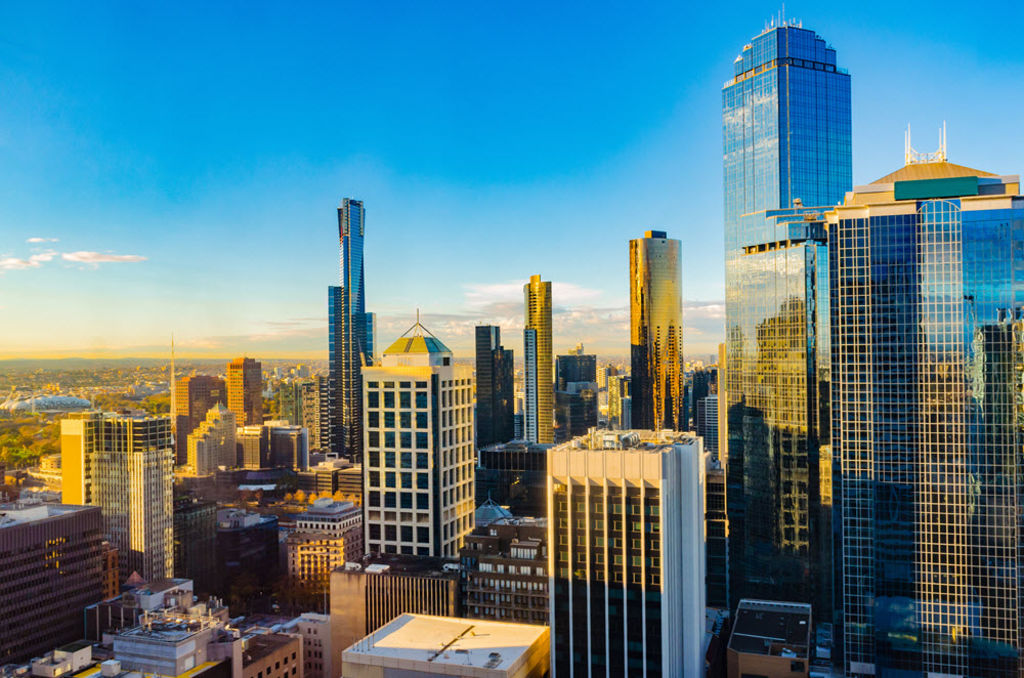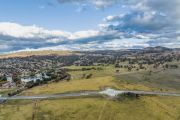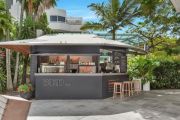
Tough times ahead for tenants in Melbourne's CBD
Spare a thought for commercial tenants. No matter what quality office they want in the Melbourne CBD and Docklands precinct, they will be asked to pay much more in rent than 12 months ago.
While residential rents in Melbourne increased about 3 per cent in the past year, for the highest Premium-grade office stock in the CBD the rise was 11.7 per cent in the year to December 2017.
The lesser quality A-grade sector (which in Melbourne’s CBD is almost half the total office space – about 2.2 million out of a total of 4.5 million square metres) also surged, by 10.5 per cent.
Even B-grade offices recorded enormous rental growth last year – 11.6 per cent, according to Colliers International.
“The flurry of leasing activity, in combination with a continued surge in white collar employment, will further push rental growth in the CBD, predominantly in the prime-grade market (prime quality is considered within the industry to be a combination of premium and A-grade office stock),” the agency’s international research manager, Anika Wong, said.
“Looking ahead, we forecast effective rents to rise by an average of 12 per cent (this year) across prime-grade assets, as a result of both face rent growth and decreasing incentives.”
Incentives – the rental discount offered by landlords to tenants often in the form of a fit-out, or rent-free period, and usually expressed as a percentage of the lease value – dropped last year, but are still considered high (about 27 per cent for premium, and 29 per cent for A and B-grade stock).
“We are forecasting incentives to continue to trend downwards,” Ms Wong said. “On average, we forecast incentives to fall to 24 per cent, 25 per cent and 28 per cent by mid-2018 for premium, A-grade and B-grade space respectively, before trending back up as the new wave of major backfill and new developments kicks in.”
The rents are indicative of vacancy levels, which fell to a low 4.6 per cent in January 2018, according to the Property Council of Australia. Last July, Melbourne’s CBD office vacancy rate was 5.9 per cent.
The previous time the Melbourne CBD vacancy rate was this low was 10 years ago, reaching 3 per cent.
Colliers International’s national director of office leasing, Andrew Beasley, expects the Melbourne CBD vacancy rate to fall to a cyclical low of about 4 per cent in the middle of 2018.
“This will provide strong competition for tenants seeking prime office space, which is likely to result in significant face rental growth and a decline in incentives,” he said. “This will see a compound in effective rental growth for landlords throughout 2018.”
Mr Beasley said tenants seeking prime-quality office space in excess of 5000 square metres would likely face the stiffest competition, with options limited.
“It is likely that we will also see an increase in renewal activity as tenants simply will not have the options to choose from, which will see landlords in a strong position to drive rents.
“We had an outstanding 2017, with a record 193 leasing transactions across the Melbourne CBD leasing market indicating strong tenant demand. The trend towards small suites has been cemented in the Melbourne CBD over the past 12 months, with buildings such as 360 Collins Street, Rialto and 567 Collins Street successfully rolling out small-suite strategies that have resulted in strong leasing results in record timeframes.”
In the 12 months to March 2018, almost 330,000 square metres of space was leased in the Melbourne CBD – which actually reflects a drop of 37 per cent on the previous corresponding period.
Half the space leased was to large occupiers with requirements of more than 10,000 square metres, according to agency Savills.
The finance and insurance sector was dominant, responsible for leasing 34 per cent of CBD offices last year. Government and community was close behind (33 per cent).
Savills said hallmarks of the office leasing market last year were surges in demand by both the operators of co-working spaces, and the education and training sector (including one of the year’s biggest commitments, 41,000 square metres, by Monash College, to occupy 750 Collins Street, Docklands).
Other major lease deals this year include National Australia Bank, pre-committing 45,000 square metres at 405 Bourke Street in the traditional CBD grid, and Energy Australia, which leased 22,000 square metres at Two Melbourne Quarter.
Also in Docklands, AMP Capital leased 9,720 square metres at One Melbourne Quarter, and ANZ committed to 26,500 square metres at 839 Bourke Street, near to its global headquarters (though this deal was reported just over a year ago).












